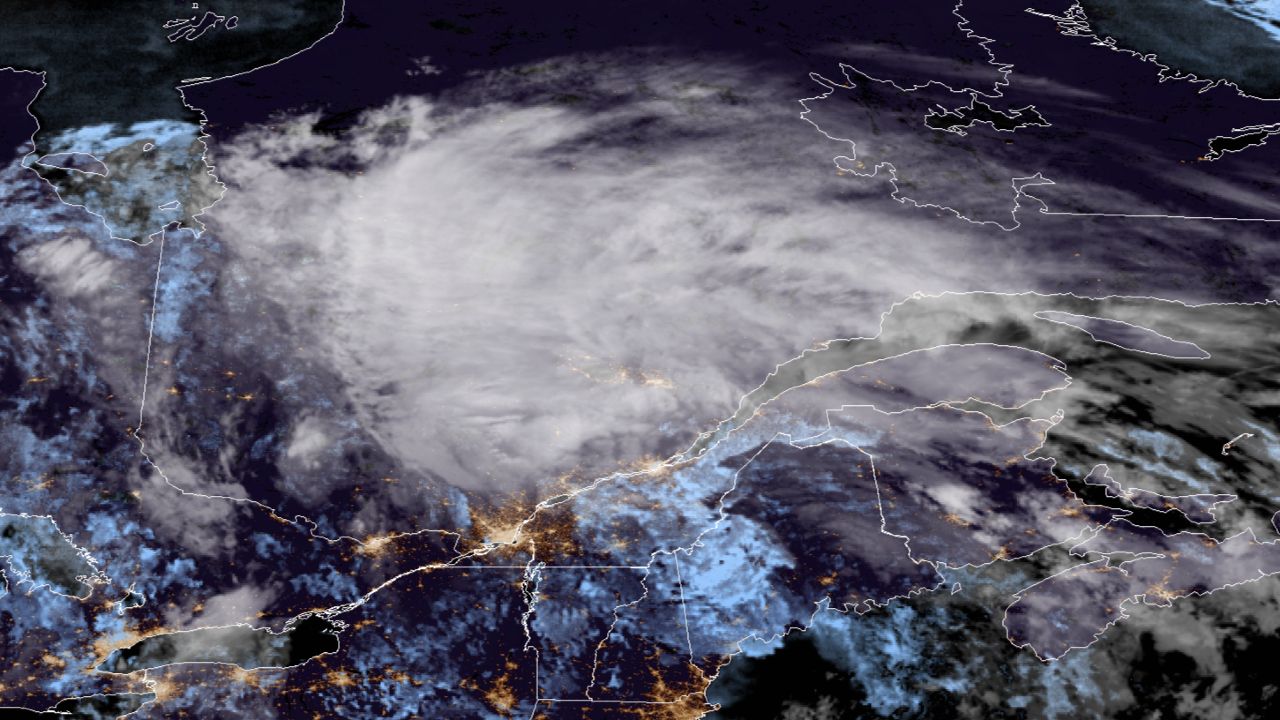As we’ve all seen, the Atlantic hurricane season of 2020 has been an active one so far. We got a personal taste of that in New York with the recent effects of Tropical Storm Isaias.
While we experienced what most people would expect (high winds, torrential rain), we also experienced concerns over something most people don’t think about with tropical cyclones: tornadoes.
Tornadoes spawned from hurricanes and other tropical cyclones aren’t usually impressive in strength, but they provide a threat to life and property. Additionally, it is hard to pinpoint where they will occur because they occur sporadically.
It is known that tornadoes from tropical cyclones are usually as strong as an EF0 or EF1, but more intense tornadoes have been known to occur. It is also known that tornadoes from tropical cyclones make up 20 percent of tornadoes in August, and 50 percent in September.
These tornadoes typically occur in the outer bands of a system where thunderstorms form.
As Tropical Storm Isaias barreled up the East Coast, it produced 35 confirmed tornadoes. None were confirmed in New York, but many of us were under a tornado watch with a few tornado warnings being issued.
The strongest confirmed tornado was an EF3 in North Carolina, which killed two people.
Historically, some tropical cyclones have produced major tornado outbreaks. The most infamous example would be Hurricane Ivan in 2004. Between September 15th-17th, 117 tornadoes occurred, with possibly more that went undocumented.
The full report on Hurricane Ivan can be found here.
The Atlantic hurricane season continues through November 30th. To stay up to date with all information, you can always check out the website of the National Hurricane Center.





